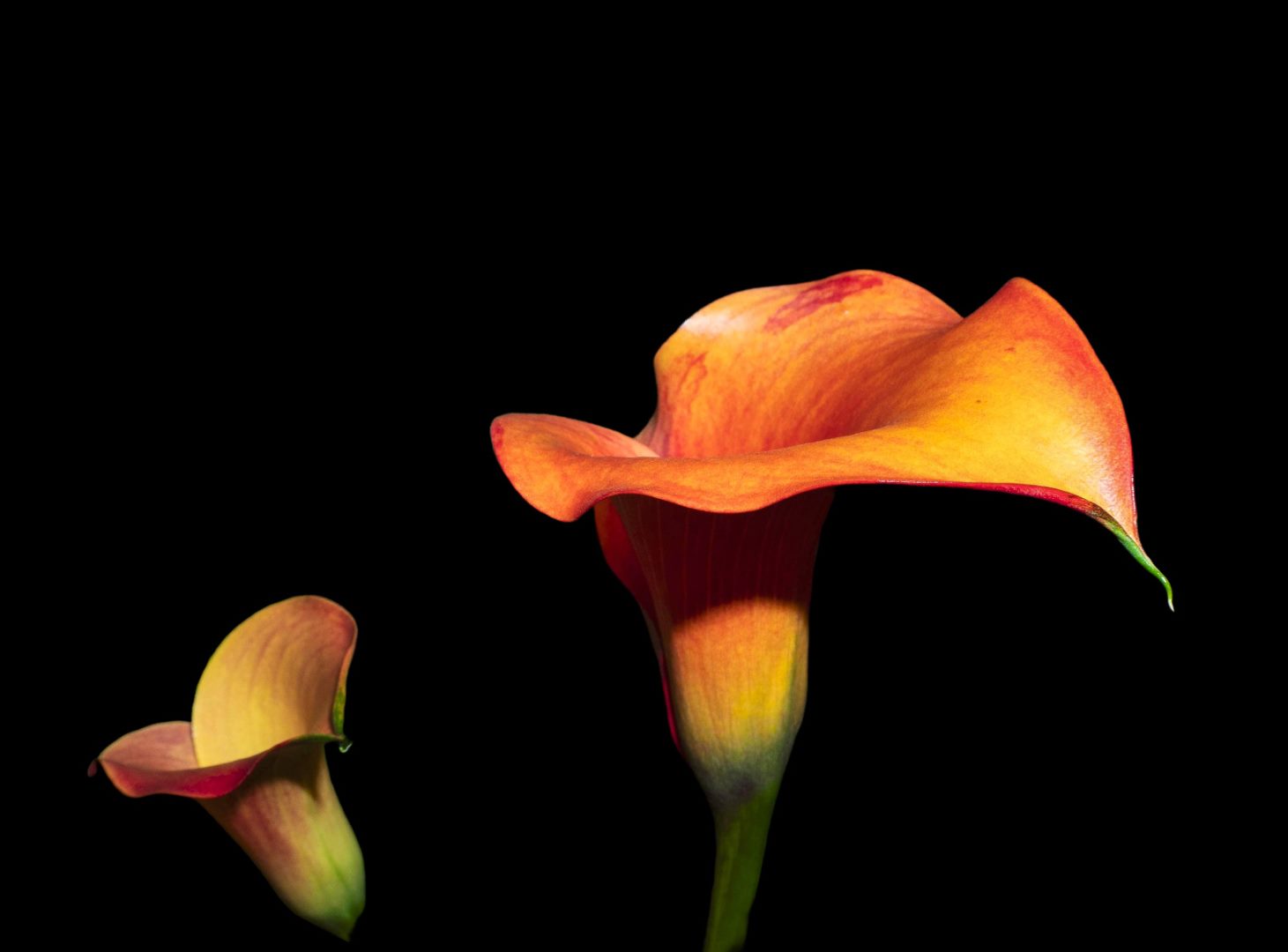Your cart is currently empty!
Unveiling the Enchanting Milagro Calla Lily: A Comprehensive Guide

“`html
Step into the captivating world of the Milagro calla lily, a mesmerizing bloom that exudes elegance and grace. This extraordinary flower, known for its pristine ivory spathe and vibrant spadix, holds a special place in the hearts of flower enthusiasts and horticulturalists alike. In this comprehensive guide, we delve into the captivating allure of the Milagro calla lily, exploring its origin, characteristics, care requirements, and enchanting uses.
Origin and History
The Milagro calla lily, scientifically classified as Zantedeschia aethiopica, traces its roots to the wetlands and marshes of South Africa. Its pristine beauty and hardiness have captivated people for centuries, with evidence of its cultivation dating back to ancient Egyptian times.
The name “Milagro,” meaning “miracle” in Spanish, was bestowed upon this exceptional lily for its astonishing resilience and ability to thrive in diverse conditions. Its popularity soared in the Victorian era, and it remains a beloved flower to this day.
Characteristics of the Milagro Calla Lily
The Milagro calla lily is renowned for its striking appearance and unique features:
Ivory Spathe
The lily’s most captivating attribute is its large, funnel-shaped spathe, which ranges from pure white to creamy ivory in color. Its smooth, satiny texture and delicate veining create a captivating canvas for the contrasting spadix.
Bright Spadix
Nestled within the spathe is the prominent spadix, a vibrant yellow spike that protrudes slightly beyond the floral envelope. The spadix produces a cluster of tiny flowers that are responsible for seed production.
Upright Foliage
The Milagro calla lily is adorned with upright, sword-shaped leaves that emerge directly from the underground rhizomes. Their rich green hue complements the ivory spathe and creates a striking contrast.
Care Requirements for the Milagro Calla Lily
Cultivating the Milagro calla lily is a rewarding experience when its specific care needs are met:
Light Requirements
These graceful lilies prefer bright, indirect sunlight or partial shade. Avoid exposing them to direct midday sun, as it can scorch the delicate leaves.
Water Requirements
Milagro calla lilies thrive in moist soil but cannot tolerate waterlogged conditions. Water regularly, especially during the summer months, and allow the soil to dry out slightly between watering.
Soil Requirements
The ideal soil for Milagro calla lilies is well-draining, rich in organic matter, and slightly acidic. Amend heavy soils with sand or compost to improve drainage.
Fertilization
Fertilize the lilies monthly during the growing season with a balanced liquid fertilizer. Avoid over-fertilizing, as this can lead to foliage damage.
Temperature and Humidity
Milagro calla lilies prefer warm temperatures between 65-85°F (18-29°C). They are intolerant of frost and should be protected from cold drafts and freezing temperatures.
Enchanting Uses of the Milagro Calla Lily
The versatility of the Milagro calla lily extends beyond its aesthetic beauty, making it a sought-after flower for various uses:
Floral Arrangements
The elegant spathe and rich green foliage of the Milagro calla lily make it a stunning focal point in floral arrangements. Its timeless appeal complements both classic and modern bouquets.
Table Centerpiece
A single Milagro calla lily placed in a vase creates a captivating centerpiece that adds a touch of sophistication and allure to any table setting.
Religious Symbolism
In some cultures, the Milagro calla lily is associated with resurrection and new beginnings. It is often used in religious ceremonies and memorials.
Wedding Flowers
The purity and grace of the Milagro calla lily make it a popular choice for wedding bouquets and floral arrangements. It symbolizes purity, innocence, and everlasting love.
Frequently Asked Questions about the Milagro Calla Lily
Here are answers to some commonly asked questions about the Milagro calla lily:
Q: Are Milagro calla lilies poisonous?
A: Yes, all parts of the Milagro calla lily are poisonous and should not be ingested. Handle the plant with care and keep it out of reach of pets and children.
Q: How long do Milagro calla lilies bloom?
A: The blooming period for Milagro calla lilies varies depending on the climate. In most areas, they bloom from late spring to early summer and can last for several weeks.
Q: Can I grow Milagro calla lilies in containers?
A: Yes, Milagro calla lilies can be grown in containers. Choose a pot with drainage holes and use a well-draining potting mix. Ensure the container is large enough to accommodate the plant’s root system.
Q: How often should I repot my Milagro calla lily?
A: Repot the lily every 2-3 years or when it becomes rootbound in its current pot. Use fresh potting mix and a slightly larger container to promote healthy growth.
Q: What should I do with my Milagro calla lily after it blooms?
A: After blooming, allow the foliage to die back naturally. Reduce watering and gradually withhold fertilizer. Once the foliage has completely dried out, cut it back to the ground. Store the rhizomes in a cool, dry place until spring.
Conclusion
The Milagro calla lily is a captivating bloom that embodies elegance, purity, and resilience. Its enchanting spathe, vibrant spadix, and graceful foliage make it a cherished flower in gardens and homes alike. By understanding its origin, characteristics, care requirements, and enchanting uses, you can cultivate and enjoy the beauty of the Milagro calla lily for years to come.
“`








Leave a Reply